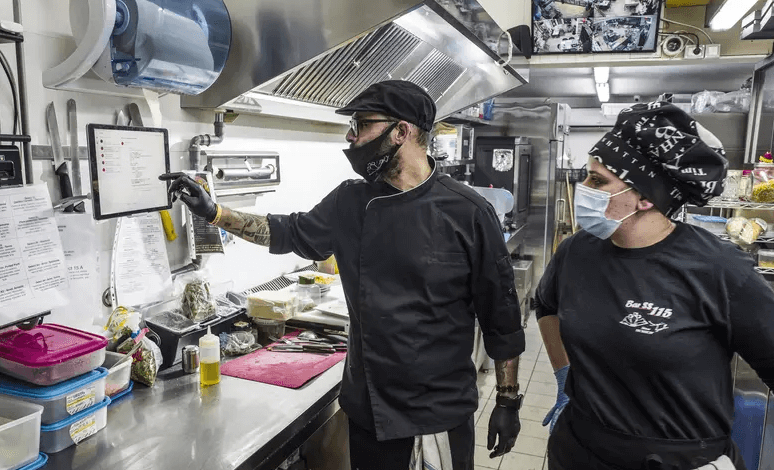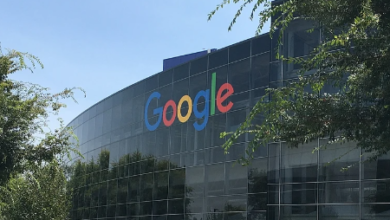Ghost Kitchen: Redefining the Food & Beverage Industry in the Digital Age

The food and beverage industry has always evolved alongside consumer habits, but no shift has been as dramatic or as fast-paced as the rise of the ghost kitchen model. As dining habits move increasingly toward convenience, speed, and digital access, ghost kitchens are quickly becoming the backbone of modern food delivery services.
Also known as virtual kitchens, dark kitchens, or delivery-only kitchens, these innovative setups are changing the way restaurants operate and how consumers interact with their favorite food brands.
What Is a Ghost Kitchen?
A ghost kitchen is a professional cooking facility designed specifically for fulfilling online food orders. Unlike traditional restaurants, ghost kitchens don’t offer dine-in service, waitstaff, or storefront signage. They are invisible to the public, operating exclusively through food delivery apps like Uber Eats, Deliveroo, or DoorDash.
These kitchens may be operated by a single brand or host multiple virtual restaurants under one roof. The goal is simple: produce high-quality meals efficiently for customers who prefer the convenience of food delivery.
See also: Heat Pump Technology: Innovations Shaping the HVAC Industry
Why Ghost Kitchens Are Gaining Popularity
The growing popularity of ghost kitchens is no coincidence. Several factors have contributed to their rise:
- Boom in food delivery: Consumer demand for food delivery has surged, especially after the COVID-19 pandemic normalized at-home dining.
- Lower startup costs: Opening a ghost kitchen requires significantly less capital than launching a brick-and-mortar restaurant.
- Increased flexibility: Brands can experiment with new cuisines, menus, and locations without large financial risks.
- Efficient operations: Without the need for waitstaff or decor, businesses can focus on food production and delivery logistics.
For both new entrepreneurs and established food brands, ghost kitchens provide a faster, more adaptable way to enter the market or expand into new territories.
Benefits for the Food & Beverage Industry
The ghost kitchen model offers a number of strategic advantages for food and beverage operators:
- Faster time-to-market: Entrepreneurs can test a new food concept in weeks rather than months.
- High scalability: Successful ghost kitchens can be replicated easily across different regions using the same model.
- Multiple brand opportunities: A single kitchen can serve as the production hub for multiple virtual brands, each targeting a specific cuisine or audience.
- Improved profit margins: With reduced overhead costs, businesses can allocate more resources to food quality, marketing, or expansion.
Ghost kitchens also make it easier to collect and analyze customer data. Since orders are placed digitally, brands gain valuable insights into customer behavior, order preferences, and peak times.
Challenges and Considerations
While ghost kitchens offer tremendous potential, they aren’t without challenges:
- Lack of physical presence: Without a storefront, marketing and brand recognition rely heavily on digital platforms and social media.
- Dependence on delivery apps: Relying on third-party platforms can cut into profits due to commission fees and reduced brand control.
- Quality assurance: Food must be carefully packaged and delivered quickly to maintain quality, which can be difficult during peak times.
- Fierce competition: The barrier to entry is lower, so new brands must work harder to stand out in a crowded digital space.
To succeed, operators need to focus on strong branding, fast service, and maintaining consistent food quality even when it’s consumed off-site.
The Future of Ghost Kitchens
As more consumers prioritize speed, safety, and convenience, ghost kitchens are set to become a standard feature of the food and beverage landscape. In the future, we can expect to see:
- AI-powered order management
- Cloud-based kitchen monitoring
- Hyper-local kitchens in residential areas
- Sustainability-driven models with eco-friendly packaging and reduced food waste
Some ghost kitchens may even operate in fully automated environments, where robots handle cooking and packaging, further increasing efficiency and lowering costs.
Conclusion
The ghost kitchen model is more than a passing trend—it represents a fundamental shift in how food businesses operate and how people experience food. For startups and established brands alike, embracing this digital-first, delivery-focused approach offers a powerful way to meet evolving customer demands while staying competitive in a fast-moving market.
As the food and beverage industry continues to evolve, ghost kitchens will likely remain at the forefront of innovation, providing flexibility, scalability, and profitability in equal measure.




